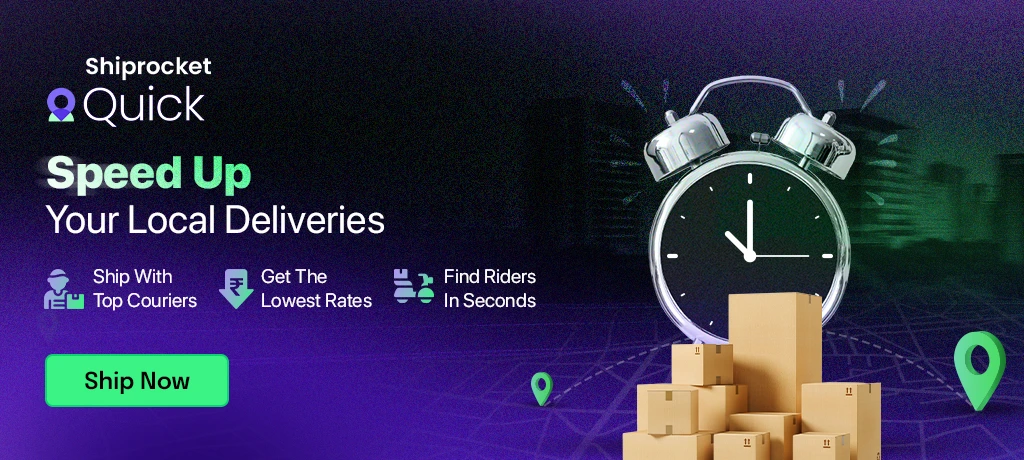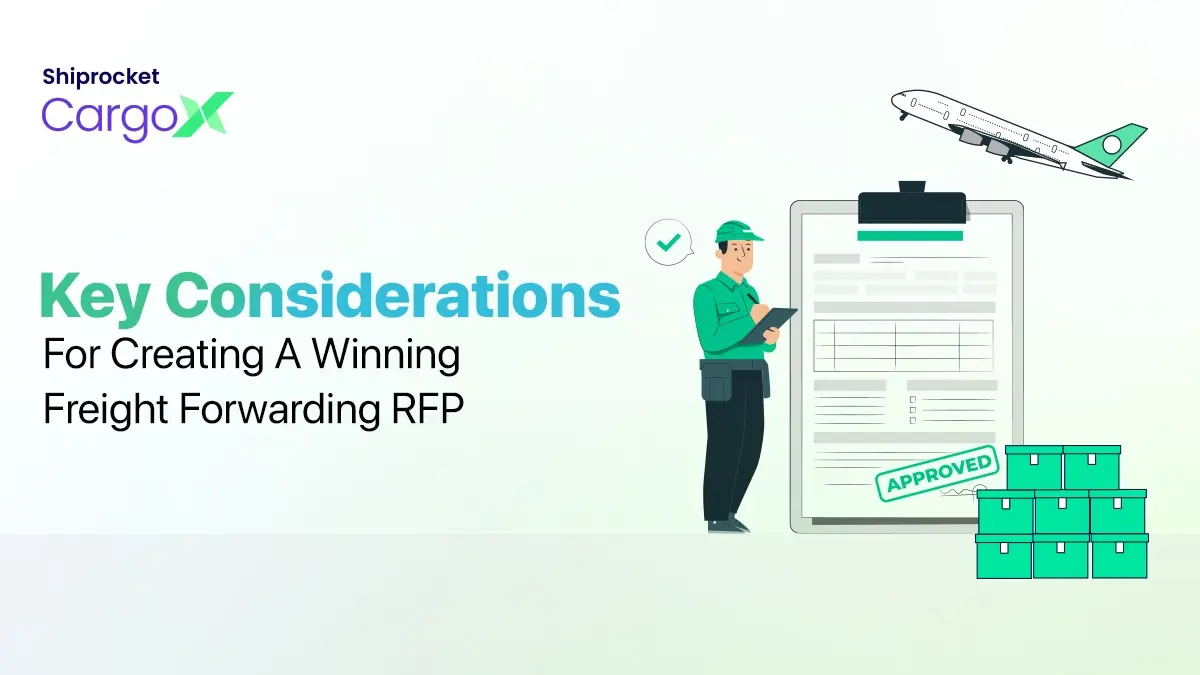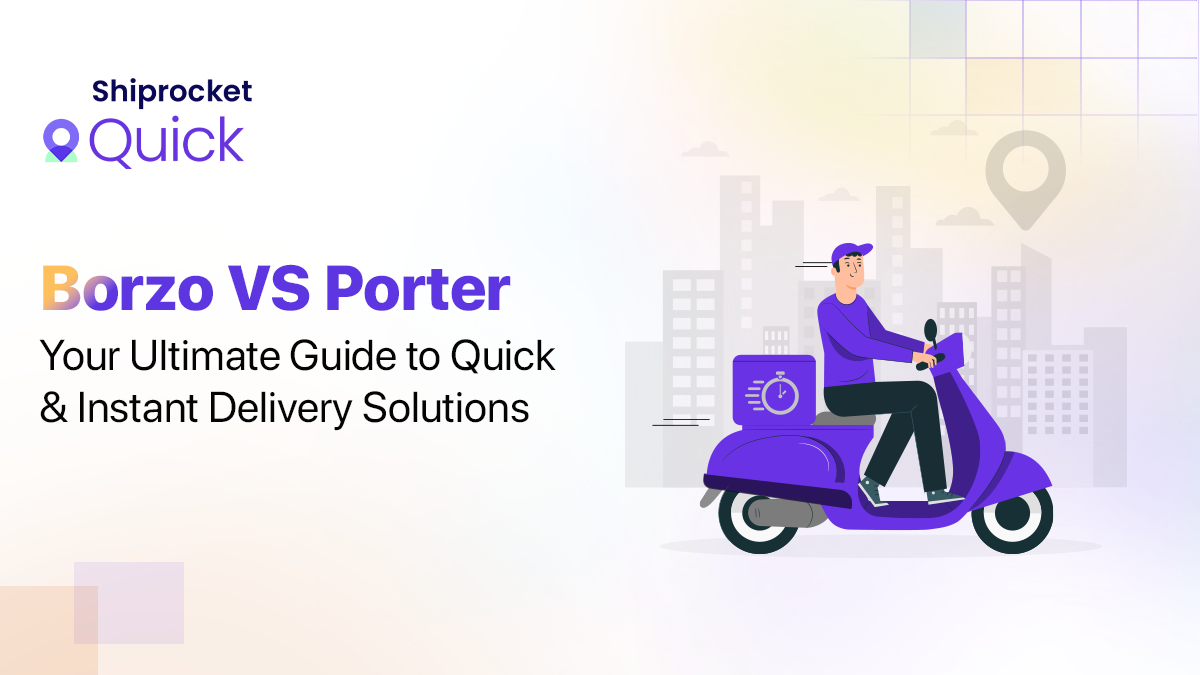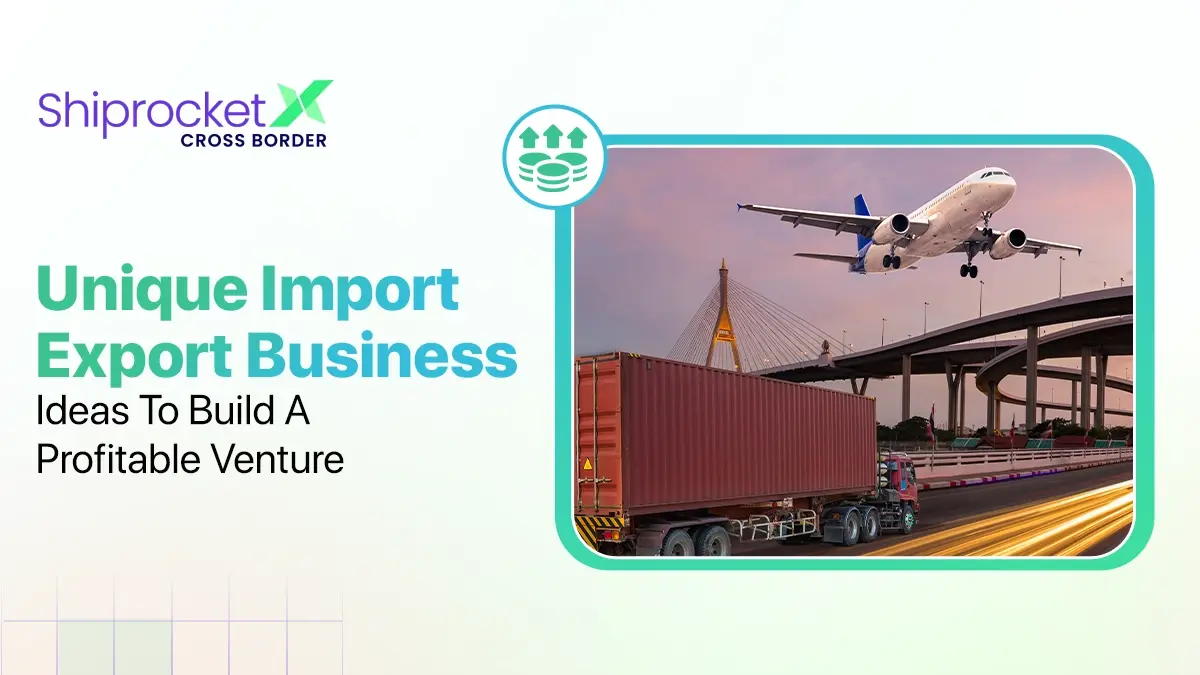The Growth of Instant Delivery: For Fast and Convenient Shopping
The growth of instant delivery has transformed retail logistics. It has also redefined the limits of what is possible in eCommerce. Hyperlocal logistics offers customers instant access to basic necessities via an integrated supply chain. This practice is evolving fast due to consumer demands for convenience and the continuing growth of digital platforms and technological capabilities. eCommerce businesses are competing with each other to provide quicker and more efficient service.
This blog will explore the reasons behind the growth of instant delivery, the trends shaping its future, and what businesses and consumers can expect as the industry expands.
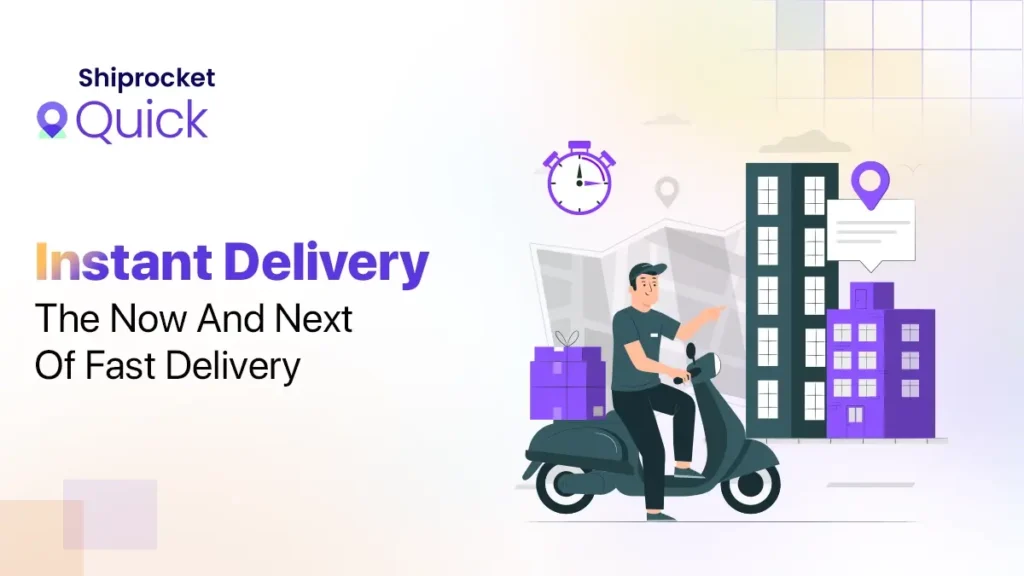
What is Instant Delivery?
With the increased development of the internet and O2O businesses, service models that offer instant cart delivery are becoming extremely convenient and are gaining rapid popularity. In a world of instant gratification, buyers yearn for fast and hassle-free deliveries of groceries, medicines, and food at their doorstep. Here are some of the recent trends seen in this industry:
- The total revenue for global last-mile food and grocery delivery is to reach a whopping 72 billion USD by the end of 2025.
- Over 41% of the overall online shoppers want quicker and more reliable delivery of their products.
Instant cart delivery is the delivery of products and items to their respective buyers within short time frames, like 30 minutes or less. This has resulted in enterprises adopting quicker and more innovative platforms and futuristic technologies to step up their game and meet consumer demands.
Instant Delivery Cost
The instant delivery business model encompasses shopping platforms, logistics providers, merchants, and customers. The buyer shall place an order using the app, which shared with the seller and the logistics provider. Most applications use smart, instant delivery management platforms that synchronise the operations, streamline the workflows, and ensure on-time deliveries without any SLA breach. The two biggest bottlenecks in this scenario are:
- Operational charges:
The most critical parameter when it comes to a solution’s economic viability is the model’s operational cost. Well-planned and strategic placement of fulfillment centers is cruicial in executing super-quick deliveries. Despite neighbourhood stores offering swift order fulfillment options, they do not give the concerned stakeholders live inventory and delivery updates.
Instant delivery platforms bridge the gap as companies operate from their dark stores or fulfillment centers in local markets. These are not meant for buyers’ direct footfall. Thus, these spaces can be used more efficiently. The operation costs of these centers are also lower than those running a store.
- Sustainability
Quick delivery models ensure customers receive orders through drivers who commute on electric bikes or scooters. Logistics partners tend to curb their consumption of fuel by clubbing multiple orders in one go. Quick cart delivery management solutions can minimise costs through other built-in functionalities, including the following:
- Streamlining and route planning
- Use of maximum vehicle capacity
- Automation of clubbing orders
- Dynamic routing
- Multi-stop deliveries
- Live tracking and monitoring to minimise empty miles
Why Instant Delivery is Gaining Popularity
In a world of quick digitisation, consumers have become more inclined toward instant cart deliveries. The real reasons for this shift are listed below:
- Ease: With rapid urbanisation, lifestyle is getting more hectic. This gives people less time to run everyday errands. Another promoting factor is the development of cloud-based applications for shopping. Instant cart delivery platforms allow buyers to order goods immediately and plan their future shopping as per their requirements.
- Urgency: In cases of emergencies like medical issues, these platforms play a vital role. They help in bringing the right things at the right time without much hassle. It gives the users a sense of ease and convenience.
- Professionals working from home: The pandemic has changed how we work and our working environments. The ability to work from any place has become the new normal. Quick deliveries have become their new favourite as everything right from food to grocery and medicines will be available to them right at their doorstep. This business model has generated great consumer satisfaction globally, and it has emerged as an energetic differentiator.
Complexities in Instant Delivery That Cause Challenges and Inefficiencies
Delivering items within a couple of minutes is certainly not an easy task. Without the right strategies in place, instant cart delivery services can take a huge toll on operational costs. This is due to the complexities in the instant delivery sector that lead to inefficiencies and issues for businesses. The complexities in instant delivery include the following:
- Lack of order forecasting: This is the biggest challenge in quick delivery models. Businesses tend to struggle with inventory shortages and workforce planning. As this sector mainly deals with perishables, improper forecasting leads to the loss of expensive stock.
- Live tracking: Delivery managers have to be aware of the whereabouts of the order at all times to ensure uninterrupted delivery workflow and better customer experiences. The inability to track orders in real-time poses multiple risks like theft, lack of verification of asset movements, etc. A live monitoring platform enables businesses to track the status of every order and fine-tune their fleets on the go. Improper communication and transparency regarding the order’s location can hinder the store’s instant delivery operations and reputation.
- Fast planning and greater order volumes: Seasonal sales and prime hours are extremely advantageous for quick delivery businesses. However, insufficient delivery planning can have critical implications for vendor operational cost hikes, missed deliveries, and low online reviews and ratings.
- Less focus on sustainability: Ensuring operational efficiency, cost-effectiveness, and asset streamlining for minimised carbon costs and profitable operations is key for all businesses. Thus, businesses tend to lose focus on sustainability while concentrating on speedy deliveries.
- Inadequate streamlining: Improper inventory updates, improper control over asset movements, and improper planning of routes are some of the major issues that cause inefficiencies like empty miles and higher fuel consumption. The business must also take care of additional transport costs or urgent onboarding of new delivery agents during peak hours.
- Maximum usage of assets: Businesses hire efficient and quality drivers to meet the on demand delivery. However, it is not only the drivers but also their capacity to use vehicles in the most optimal fashion.
How Automation Can Help Overcome the Instant Delivery Challenges
The evolution of automation and digitisation are transforming the method of how businesses orchestrate instant delivery operations. Automation in the instant cart delivery world includes smart end-to-end solutions that allow businesses to plan, control, manage, and track all the assets, processes, and stakeholders through a single integrated dashboard. Some automated solutions include the following:
- Auto allocation of orders: Instant cart delivery models offer auto allocation features to eliminate manual errors. The solution provides the allocation of orders based on the location of the delivery agent, order SLA, and waiting time. Thus, businesses can save time and keep the system error-free. Automatic order allocation allows businesses to minimise order fulfillment prices, enhance accuracy, and track orders without hassles. This helps maintain high precision. As tedious tasks are automated, businesses can streamline their resources better.
- Better driver and agent management: Instant cart delivery applications provide cost-effective and efficient driver management solutions. This solution comes with several tools like drive application, roster management, payout management, deviation check, and productivity-driven gamification features for drivers. Delivery managers can also track the location of every driver on the dashboard through maps or GPS. You can also bridge the gap as businesses can directly compare and study driver productivity through certain KPIs to find any gaps in skills.
- Streamlining the routing process: Several factors like location, time, traffic, and vehicle capacity are analysed while determining the best routes for the drivers by the instant delivery platforms. However, during certain times even the best chosen path can pose obstacles. Along with changing routes, the driver must be alerted regarding live updates.
Leveraging Instant Delivery with Shiprocket Quick
Shiprocket Quick brings you a cost-effective solution for small businesses. An all-in-one platform, Shiprocket Quick offers you the ease and convenience of booking from various courier partners in a single place. It’s a Shiprocket product that integrates some of the biggest courier partners in one app, including Borzo, Dunzo, Porter, and many more. With Shiprocket Quick, you get the benefit of faster rider allocation and multiple local delivery carrier options. You would not experience surges during peak demand. Shiprocket Quick also offers live order tracking, API integrations, and exclusive rates for D2C traders.
Conclusion
The demand for instant delivery is expected to grow exponentially, changing the way retail and eCommerce operate. As consumer demands increase, eCommerce businesses must evolve and implement new technologies such as AI, automation solutions, or real-time data tracking. They must also implement sustainability practices since they are the only ones that can permanently alter industry trends.


